Rivian’s founder and CEO, RJ Scaringe, recently shared an optimistic outlook on the company’s future, saying he’s more confident than ever about where the electric vehicle (EV) maker is heading. Speaking at an Automotive Press Association event in Plymouth, Michigan, Scaringe discussed Rivian’s next generation of vehicles, the upcoming Rivian R2 and R3, and the company’s broader expansion plans in the U.S. and Europe.
Rivian’s Next Big Step: The R2 SUV
Despite changes in government policies, the phase-out of certain EV tax credits, and slower adoption among U.S. consumers, Rivian remains committed to its electric future. The company is gearing up to launch the Rivian R2,an all-new midsize SUV set to debut in early 2026.
The R2 will be built on an entirely new platform, designed to bring Rivian’s electric technology to a wider audience. Unlike the R1 series, which includes the R1T electric pickup and R1S SUV, the R2 will only come as an SUV, no pickup version this time. Scaringe made it clear that the R2 marks a new chapter for Rivian: one that focuses on affordability, efficiency, and mass-market appeal.
“The R2 will help us reach the scale we need to be profitable,” Scaringe explained. “It’s a huge step in Rivian’s growth story.”
What’s Next: The Rivian R3 and R3X
The R2 won’t be alone for long. Rivian is already developing two additional models,the compact R3 and the sportier R3X. These vehicles will share the same new platform, helping Rivian streamline production while expanding its product lineup.
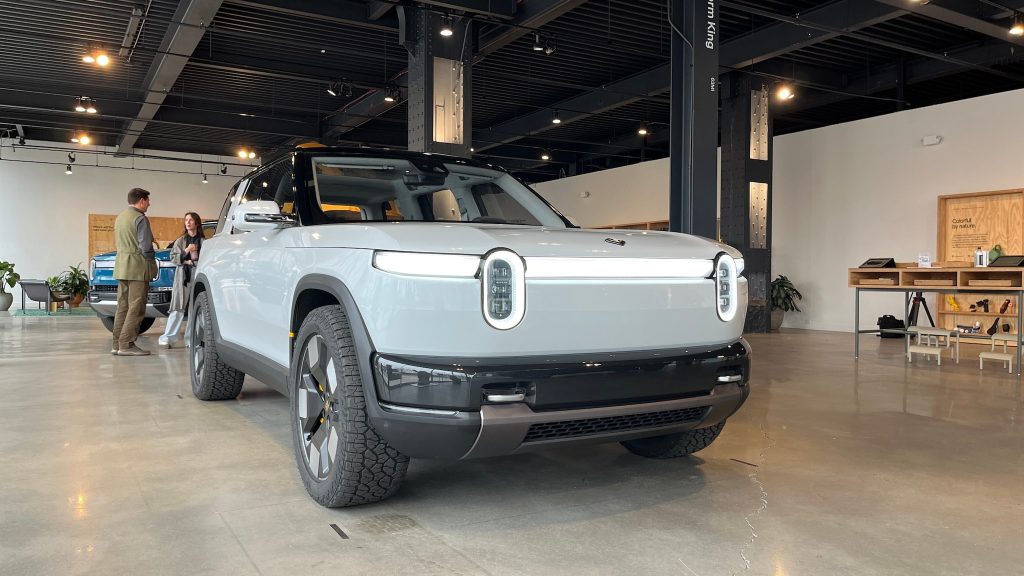
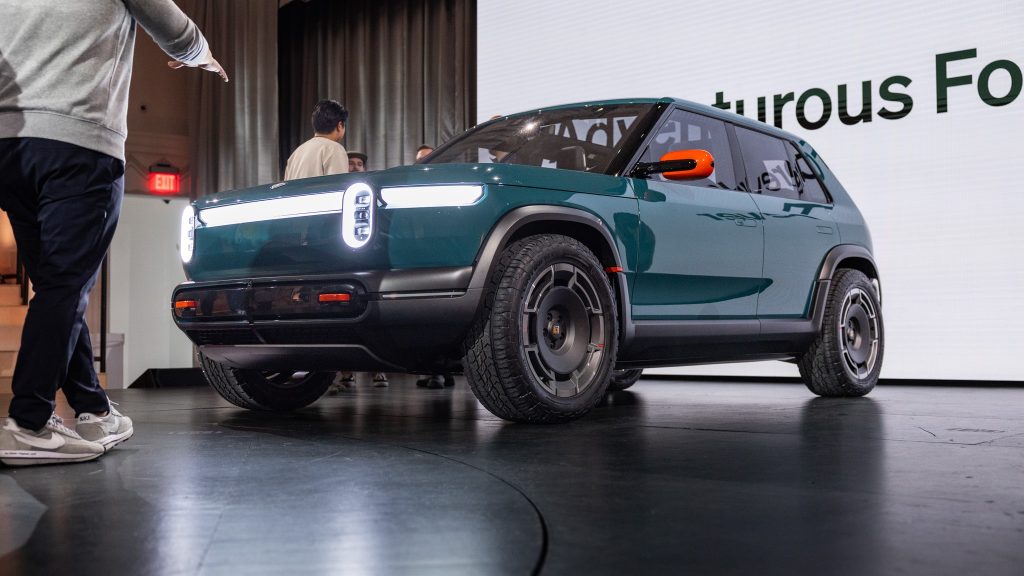
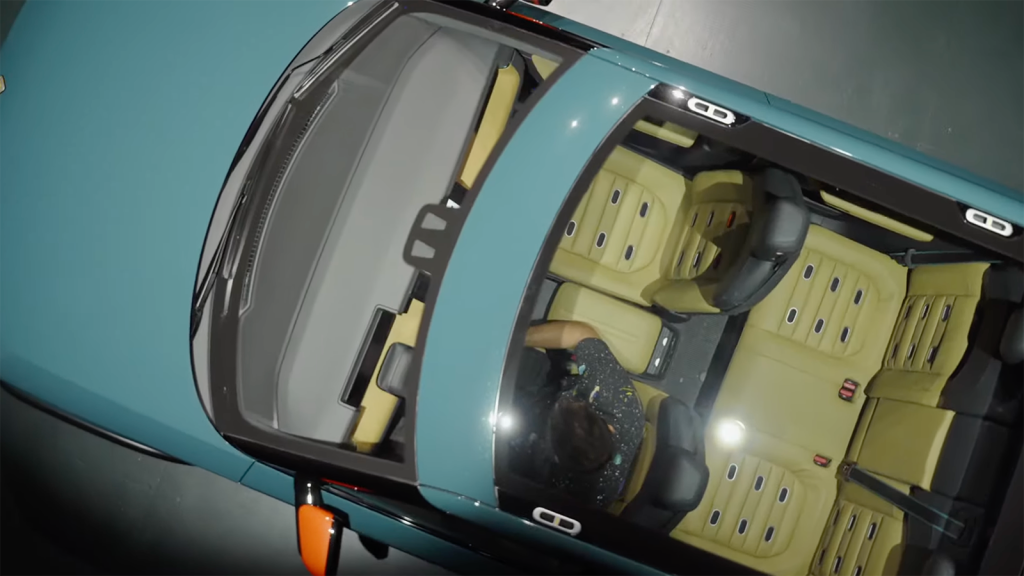
This approach could finally bring Rivian to what Scaringe calls “the inflection point of scale”,a stage where the company produces enough vehicles to sustain itself long-term. Photo link
Lessons Learned From the R1 Series
Scaringe was open about the challenges Rivian faced with its first generation of vehicles. When the R1 lineup launched in 2021, Rivian struggled with supply chain issues, rising costs, and the challenges of being a newcomer in the automotive industry.
“Developing our first cars was incredibly hard,” Scaringe admitted. “It was like building an airplane while flying it. But today, the difference between how we developed the R1 and how we’re developing the R2 is just mind-blowing.”
He added that the company’s relationship with suppliers has improved dramatically. During the pandemic, suppliers were hesitant to work with a new EV brand. Now, Scaringe says the tables have turned,suppliers are eager to collaborate with Rivian.
Expanding Production in Illinois and Georgia
To meet future demand, Rivian has significantly expanded its manufacturing footprint. Its existing plant in Normal, Illinois, grew by an additional 2 million square feet, bringing the total to 6 million. Half of that space is dedicated to R2 production, including a new body shop and general assembly line. The other half is being used to create an on-site supplier park, improving logistics and efficiency.
Rivian is also constructing a massive new facility in Georgia. The plant will be built in two phases and will eventually produce the R3, R3X, and additional variants of the R2. Once completed, the Georgia facility will have the capacity to manufacture up to 400,000 vehicles per year,an enormous boost for Rivian’s production capabilities.
Buyers Expected to Purchase, Not Lease
Scaringe believes the Rivian R2 will attract a different type of buyer than the R1 models. The R1T and R1S were positioned as luxury vehicles, with many customers choosing to lease due to high prices and available incentives.
However, Scaringe expects most R2 buyers will choose to purchase rather than lease. “Because it’s priced in the middle of the market, we expect about two-thirds of customers will buy instead of lease,” he said.
He also addressed concerns about the overall slowdown in EV sales in the U.S. “A lot of EVs today just aren’t that appealing,” Scaringe said. “But when you make a truly compelling vehicle,one that people actually want,sales take care of themselves.”
He noted that about 75% of Rivian owners are first-time EV buyers, and that the R1S has become one of California’s top-selling premium SUVs across all powertrains, not just electric.
Global Expansion,But Not to China
Looking ahead, Rivian plans to bring its next-generation vehicles to international markets,but not everywhere. Scaringe confirmed that Rivian has no plans to enter China, citing strategic and political reasons.
Instead, the company’s focus will be on North America and Europe. “We’ve not developed anything that wouldn’t be sold in both the U.S. and Europe,” Scaringe said. “Those are our two main markets.”
Navigating Policy Shifts and Domestic Production
Scaringe also addressed how the company is handling shifting U.S. policies under the Trump administration. He described many of the recent changes as “noise,” but said Rivian is focusing on the ones that are likely to last, such as reducing dependence on Chinese materials and increasing domestic manufacturing.
“All of our vehicle assembly happens in the U.S.,” Scaringe said. “Our batteries currently come from Korea, but for the R2, we’ll eventually source them from LG’s new plant in Arizona.”
A Leader Who Refuses to Quit
RJ Scaringe’s journey with Rivian has been one of persistence and passion. He revealed that he dreamed of starting a car company since he was 10 years old, and that his background in mechanical engineering and a touch of idealism helped him push through years of setbacks and skepticism.
“People have been telling me Rivian would fail for the past 16 years,” he said with a smile. “And there were moments when that almost became true. But I’ve never been more confident than I am today.”
He credits the hard lessons learned from launching multiple models at once, during a pandemic and with an unproven supply base, for making Rivian stronger than ever. “There’s a certain magic to it,” he said. “We’ve made it through so much already. Failure is not an option.”
In Summary:
Rivian is entering its next phase with bold plans and renewed confidence. The upcoming R2 SUV and its siblings, the R3 and R3X, are designed to make Rivian more accessible and profitable. With major factory expansions, a maturing supply chain, and strong leadership at the helm, Rivian appears ready to take its place among the top EV makers in the world.
As Scaringe put it: “This is just the beginning. The best is yet to come.”
FAQs
When will the new electric SUV be available to buy?
The new midsize electric SUV is expected to launch in early 2026. Production is already underway, and test versions are currently under development. Once it’s released, it will offer a more affordable option compared to earlier models.
Will there be a pickup version of the new model?
No, this time the company is only focusing on the SUV version. The goal is to create one exceptional vehicle in this size and price range before introducing other types later.
What’s different about the new electric SUV compared to older models?
The new SUV is being built on a brand-new platform. It’s smaller, lighter, and designed to reach more customers. It’s also cheaper to build, which should help lower the price for buyers.
Where are these electric cars made?
They are built in the U.S. The main plant is in Illinois, and a new one is being built in Georgia. The batteries currently come from Korea, but soon they’ll be made in Arizona.
Why are more people expected to buy instead of lease this new model?
The SUV will be more affordable and fit better into the average buyer’s budget. The earlier luxury models were often leased due to high prices, but this one should attract more buyers who want to own it long-term.
Is the company still growing despite slower EV sales in the U.S.?
Yes. The company is expanding its factories and adding new models. Its smaller SUVs are expected to reach a larger audience and help it grow faster.
Will this electric SUV be sold in other countries?
Yes, it will be sold in both the United States and Europe. The company plans to expand worldwide but will not enter China.
How is the company handling changes in U.S. government policies?
It’s focusing on long-term rules that support local production and reduce dependence on parts from China. That means more of the car’s parts will come from North America in the future.
What made the CEO so confident in the company’s future?
He says the company learned a lot from its early challenges, including supply chain problems and production struggles. With stronger partnerships and better planning, he believes the next generation of vehicles will be a big success.
Will there be more new electric models after the R2 and R3?
Yes. The company has plans for future vehicles, possibly called R4, R5, and R6. These will continue building on what’s being learned now with the R2 and R3.
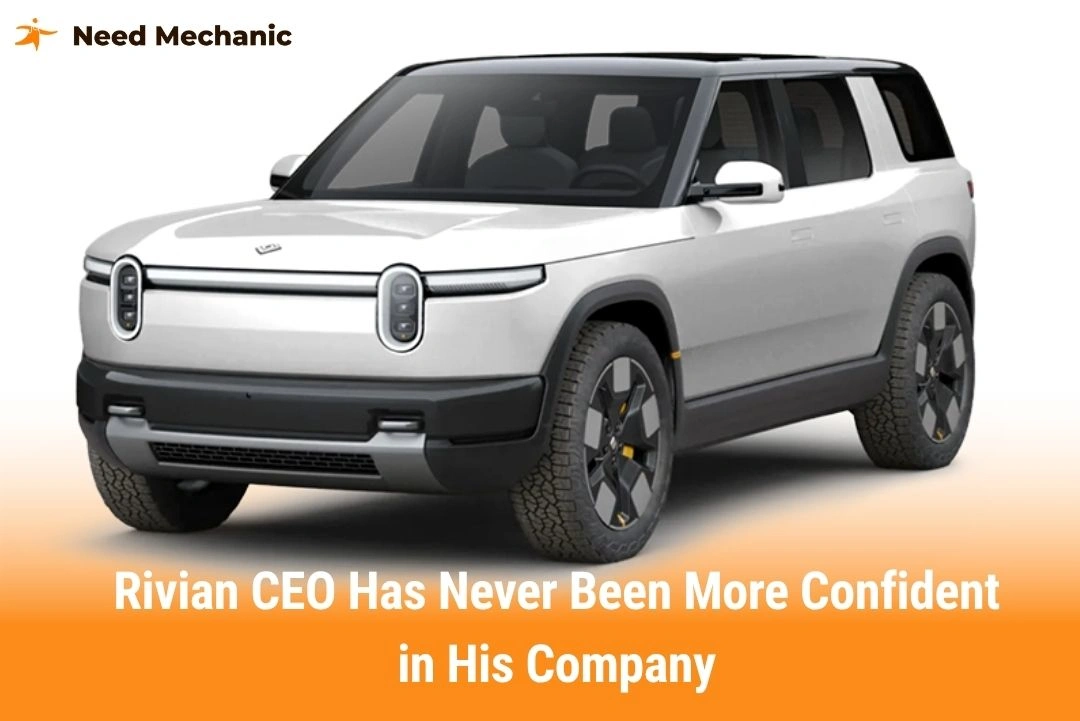
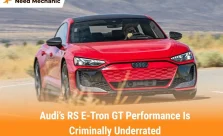

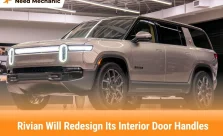
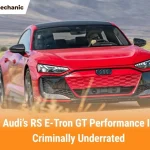
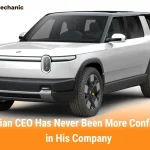

Leave a Reply